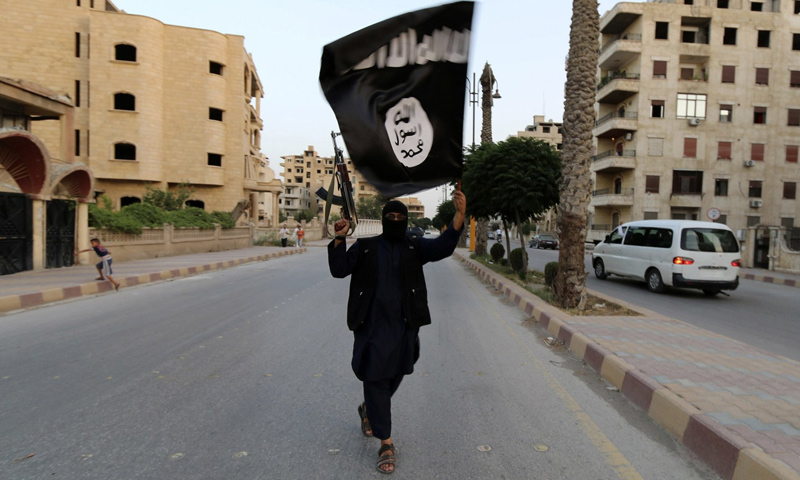The Islamic State (IS) has been scaling up its military activities in the western countryside of Deir ez-Zor since early 2021.
IS carried out numerous assassinations of civil servants and fighters of the Syrian Democratic Forces (SDF) in the region. The last of these occurred on 11 July. The IS announced it captured an “agent” and killed him in the al-Jerthi village in Deir ez-Zor’s western countryside.
Responding to the large-scale military drive the regime is leading in the Syrian Badia (desert)—extending from the suburbs of Homs and Deir ez-Zor as far as Raqqa— the IS cells are hitting the depths of the areas they lost for the regime and the SDF in 2017.
The IS-perpetrated assassinations that hiked in the eastern countryside of Deir ez-Zor in 2020 have spread terror among the area’s locals, particularly the employees of the Autonomous Administration’s departments.
Consequently, many employees opted for abandoning their areas in the eastern countryside— where US-backed SDF and Iran-backed militias and regime forces share control separated by the Euphrates River.
These people headed to the western countryside of Deir ez-Zor where IS is currently boosting its military presence. Locals displaced to the western countryside told Enab Baladi that the IS upsurge in the area is overwhelming for the population.
Muhammad Ali, 30, was hesitant to tell Enab Baladi about what pressed him into moving to the western countryside of Deir ez-Zor. However, he mustered an answer, saying that the main reason was the increasing assassinations of SDF fighters and employees by IS cells.
Ali told Enab Baladi that he had to relocate to the al-Kesra town in Deir ez-Zor’s western countryside after he received several anonymous death threats “should he not re-embrace his religion and stop dealing with apostates [SDF].”
Local sources from the western countryside told Enab Baladi that SDF-held areas have been relatively calm since 2019, compared to the areas in the eastern countryside which are a battleground for daily military hostilities.
Nevertheless, the IS expanded the geographical scope of its activities to the western countryside, responding to numerous SDF-led drives to arrested its commanders and locate its sleeper cells, backed by the US-led coalition.
The SDF-controlled eastern countryside provides IS with a suitable combat area, given the spacious desert areas and rigid terrains that help IS cells easily station their militants.
IS did not have the same liberty, and thus extent of presence, in the western countryside because the desert areas it includes are extremely smaller than those in the eastern countryside.
IS threatening civilians
Ali, an employee at the Deir ez-Zor Civil Council, told Enab Baladi that he received similar death threats in the western countryside and that he is seeking a way out, fearing death at the hands of the threat senders.
A source from the Internal Security Forces (Asayish) told Enab Baladi that sustaining security in the suburbs of Deir ez-Zor has grown into one of the most complex tasks the SDF has to handle in the near future.
The source, wishing to remain anonymous for security reasons, said that IS is exploiting the area’s tribal nature, for the tribes consider the SDF an alien project, not to mention that there are people affiliated with the regime— which has forces stationed nearby— who are working to implement its plans.
In February the SDF-affiliated Anti-Terror Units (HAT) announced killing a militant they referred to as the wali (head) of IS in Deir ez-Zor.
On 31 April, IS claimed responsibility for the death of an Imam of a mosque in the western countryside of Deir ez-Zor.
Back then, Amaq Agency, IS-run news outlet, posted a statement saying that IS militants have shot and killed a member of what they called the religious institution of the Autonomous Administration in the al-Jnaineh village.
Security chaos remains rampant in the areas held by the regime and the SDF in the eastern countryside of Deir ez-Zor despite both side’s military action aimed at combating the hardliner group’s sleeper cells.
The US-led coalition backs the SDF while Russia backs the regime’s forces, hitting areas where IS cells are located with hundreds of airstrikes.
Hussam al-Omar, Enab Baladi’s correspondent in Raqqa, contributed to this article.











